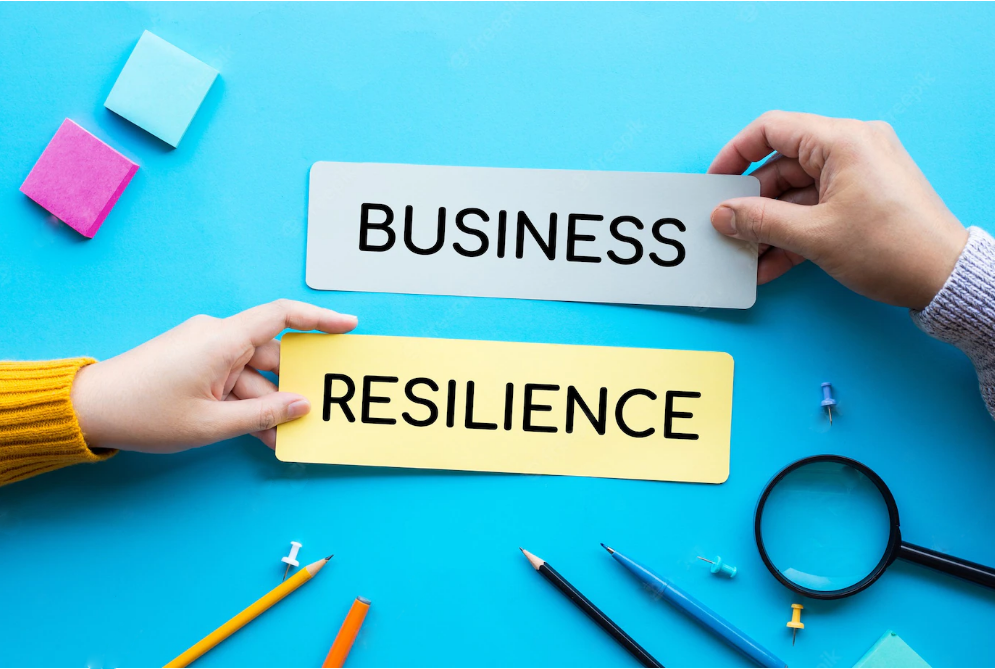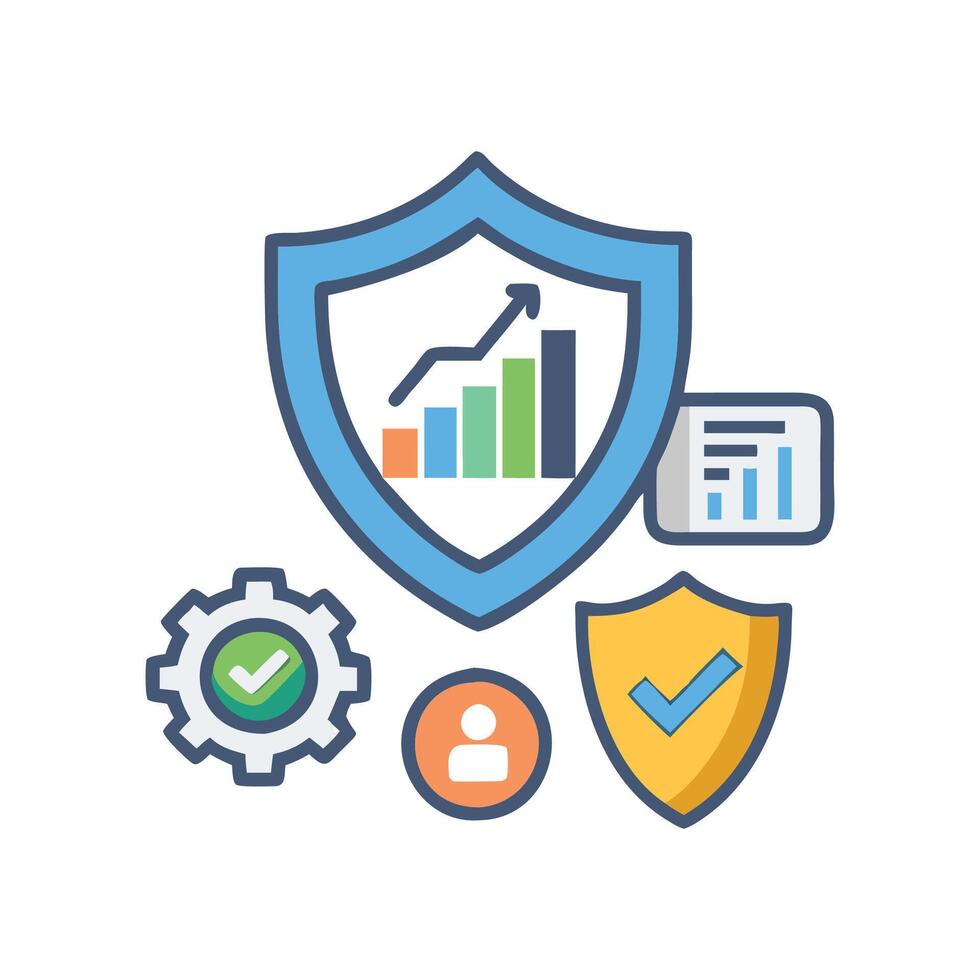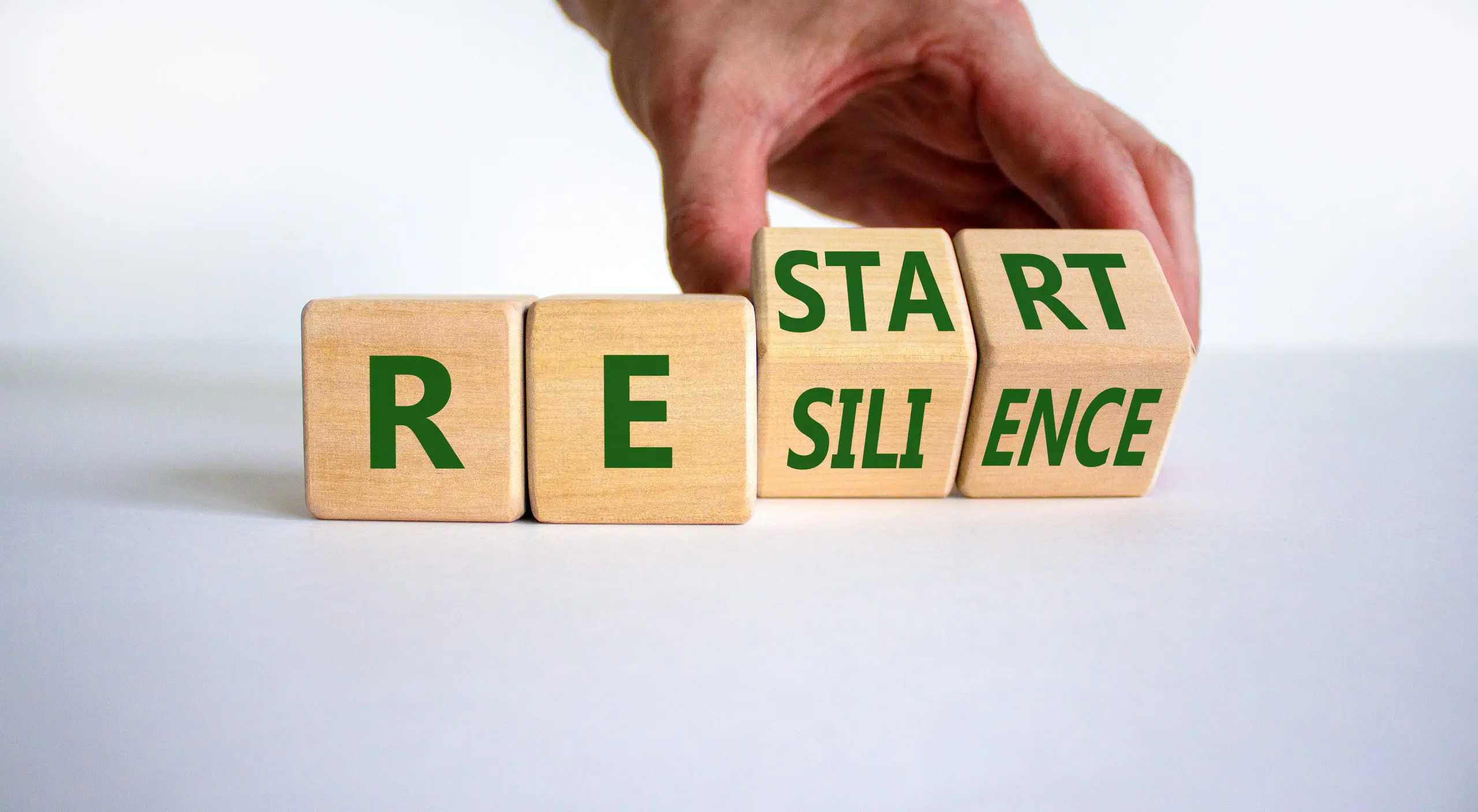Building Business Resilience in Uncertain Times
Strategies to adapt, recover, and thrive amid disruption
Understanding Business Resilience
Business resilience is the ability of an organization to quickly adapt to disruptions while maintaining continuous business operations and safeguarding people, assets, and overall brand equity. In today's volatile, uncertain, complex, and ambiguous (VUCA) world, resilience has become a critical organizational capability rather than just a response to occasional crises.
The COVID-19 pandemic, geopolitical conflicts, climate-related disasters, supply chain disruptions, and cyber threats have all highlighted the importance of building robust resilience mechanisms. Organizations that can anticipate, prepare for, respond to, and adapt to incremental change and sudden disruptions survive and prosper in the long term.
Key Insight
According to research by McKinsey, resilient organizations emerge stronger from challenges, outperforming their peers by 30% during economic downturns and achieving 50% higher returns over the long term.
Business resilience encompasses multiple dimensions:
- Operational resilience: Maintaining critical business functions during disruption
- Financial resilience: Sustaining financial health despite economic challenges
- Strategic resilience: Adapting business models to changing market conditions
- Technological resilience: Ensuring IT systems and data remain secure and operational
- Organizational resilience: Cultivating a culture and leadership approach that embraces change
The Foundations of Resilient Organizations
Building a resilient organization requires a systematic approach across multiple dimensions. Here are the key foundations:
1. Robust Risk Management
Effective risk management goes beyond compliance to become a strategic capability. Resilient organizations develop sophisticated approaches to identifying, assessing, and mitigating risks across the enterprise.
Risk Identification
Systematically identify potential threats across strategic, operational, financial, and compliance domains.
Risk Assessment
Evaluate likelihood and potential impact of identified risks, including interconnected risk effects.
Risk Mitigation
Develop strategies to address high-priority risks, including preventive measures and response plans.
Leading organizations use scenario planning to imagine potential future states and develop contingency plans. This involves creating plausible "what if" scenarios based on key uncertainties and developing appropriate strategic responses.
2. Operational Flexibility
Organizations with flexible operations can quickly adapt to changing conditions. This flexibility is built through:
- Diversified supply chains with multiple suppliers across different geographical regions
- Modular process design that allows for rapid reconfiguration
- Cross-trained workforce capable of performing multiple functions
- Decentralized decision-making that empowers teams to respond locally to challenges
- Buffer capacity in critical resources and infrastructure
Case Example: Toyota's Supply Chain Resilience
After the 2011 Tōhoku earthquake and tsunami severely disrupted Japanese manufacturing, Toyota redesigned its supply chain with these resilience features:
- Standardized parts across different vehicle models
- Geographic diversification of suppliers
- Visibility across multiple tiers of the supply chain
- Strategic inventory buffers for critical components
These changes enabled Toyota to reduce its recovery time from disruptions from months to weeks.
3. Financial Strength
Financial resilience provides the foundation for weathering economic downturns and investing in recovery. Key elements include:
Robust Balance Sheet
- • Maintain adequate cash reserves
- • Manage debt levels prudently
- • Diversify funding sources
- • Optimize working capital
Cost Structure
- • Balance fixed and variable costs
- • Identify discretionary spending
- • Create cost reduction playbooks
- • Implement zero-based budgeting
Revenue Resilience
- • Diversify revenue streams
- • Build recurring revenue models
- • Reduce customer concentration
- • Develop counter-cyclical offerings
Organizations should stress-test their financial resilience against various scenarios, including severe but plausible downturns. This helps identify vulnerabilities and develop appropriate contingency plans.
4. Technology and Data Resilience
In our increasingly digital world, technology resilience is critical to business continuity. This encompasses:
- Robust cybersecurity frameworks to protect against evolving threats
- Business continuity and disaster recovery capabilities for IT systems
- Distributed and redundant infrastructure to eliminate single points of failure
- Data governance and management practices that ensure data integrity and availability
- Digital transformation that enhances operational flexibility and customer engagement
"The increasing frequency and sophistication of cyber threats make cybersecurity a cornerstone of business resilience. Organizations must not only prevent attacks but also develop capabilities to detect, respond to, and recover from security breaches."
5. Cultural and Leadership Foundations
Perhaps the most important aspect of resilience is the human element—the culture, leadership, and organizational capabilities that enable effective response to challenges. Resilient organizations typically display:
Psychological Safety
An environment where team members feel safe to take risks, voice concerns, and share ideas without fear of negative consequences.
Learning Orientation
A commitment to continuous learning, including learning from failures and near-misses to improve future performance.
Candid Communication
Open, transparent communication that enables early identification of emerging risks and challenges.
Empowered Decision-Making
Decision rights that are pushed down in the organization, allowing for rapid response to local conditions.
Leadership plays a critical role in building resilience, both in preparation for and during crises. Resilient leaders demonstrate:
- Foresight to anticipate potential challenges and prepare accordingly
- Decisiveness in making tough calls with imperfect information
- Transparency in communicating challenges and expectations
- Empathy for those affected by disruption and change
- Adaptability to adjust course as situations evolve
Building a Resilience Roadmap
Developing organizational resilience is a journey that requires systematic effort across multiple dimensions. Here's a step-by-step approach:
- Assess current resilience capabilities
Conduct a comprehensive assessment of your organization's resilience across operational, financial, strategic, technological, and organizational dimensions. Identify strengths to leverage and gaps to address.
- Identify critical business functions
Determine which functions are essential to your organization's survival and which can be temporarily suspended during a crisis. Analyze dependencies between functions to understand cascade effects.
- Develop scenario-based contingency plans
Create detailed plans for different types of disruptions, including operational interruptions, financial shocks, competitive threats, and reputational crises. Ensure plans address short-term response and longer-term adaptation.
- Strengthen organizational capabilities
Invest in the people, processes, and technologies needed to enhance resilience. This may include training programs, process redesign, technology upgrades, and cultural initiatives.
- Test and refine through simulation
Regularly test resilience capabilities through tabletop exercises and simulations. Use insights from these exercises to refine plans and address weaknesses.
- Integrate resilience into strategic planning
Make resilience a core consideration in strategic decisions, investment planning, and performance management. Create metrics that track progress in building resilience capabilities.
The Resilience Maturity Model
Organizations typically progress through several stages of resilience maturity:
Stage 1: Reactive
Responds to disruptions as they occur, with limited formal planning or capabilities
Stage 2: Compliant
Meets minimum regulatory and industry requirements for business continuity and risk management
Stage 3: Proactive
Develops comprehensive resilience capabilities across the organization, with regular testing and refinement
Stage 4: Strategic
Integrates resilience into strategic planning and uses it as a competitive advantage
Resilience in Action: Crisis Response
When a crisis hits, resilient organizations activate well-rehearsed response mechanisms. Effective crisis management involves:
| Phase | Key Activities |
|---|---|
| Initial Response |
|
| Stabilization |
|
| Sustained Response |
|
| Recovery |
|
| Adaptation |
|
Throughout a crisis, communication is critical. Leaders must provide clear, consistent, transparent, and empathetic communication to all stakeholders, including employees, customers, suppliers, investors, and regulators.
Case Study: Airbnb's Pandemic Response
Challenge: When the COVID-19 pandemic brought global travel to a halt in early 2020, Airbnb faced an existential threat with bookings dropping by more than 70% and substantial revenue losses.
Response: The company took swift action across multiple dimensions:
- Raised $2 billion in emergency debt financing to bolster liquidity
- Cut costs by reducing workforce by 25% and slashing executive salaries
- Refocused product strategy on local stays and long-term rentals
- Created $250 million fund to support hosts dealing with cancellations
- Implemented enhanced cleaning protocols to address safety concerns
Leadership Approach: CEO Brian Chesky demonstrated key resilient leadership traits:
- Transparency about the company's challenges
- Decisiveness in making difficult decisions
- Empathy in how layoffs were handled
- Strategic vision for post-pandemic recovery
Results: The company not only survived but emerged stronger, completing a successful IPO in December 2020 and subsequently seeing its business rebound as travel patterns shifted to favor its business model.
From Crisis to Opportunity: Strategic Adaptation
The most resilient organizations don't just weather crises—they use them as catalysts for strategic renewal. This involves:
Business Model Innovation
Rethinking how the organization creates, delivers, and captures value in light of new realities.
Accelerated Digital Transformation
Embracing digital technologies to enhance operational resilience and customer engagement.
Portfolio Rebalancing
Divesting underperforming assets and investing in areas with stronger future potential.
Talent Transformation
Developing new capabilities and ways of working needed for the post-crisis environment.
Organizations that successfully navigate from crisis to opportunity share several characteristics:
- They balance short-term survival with long-term strategic positioning
- They maintain investment in innovation despite financial pressures
- They listen closely to changing customer needs and market signals
- They move quickly to capitalize on emerging opportunities
- They reimagine their future rather than simply trying to return to the past
Conclusion: Resilience as Competitive Advantage
In an era of increasing volatility and uncertainty, resilience has become a strategic imperative and a source of competitive advantage. Organizations that build robust resilience capabilities can:
-
Withstand disruptions with minimal operational and financial impact
-
Respond more effectively to crises when they do occur
-
Capitalize on opportunities that emerge during periods of disruption
-
Inspire stakeholder confidence through consistent performance in challenging times
-
Create long-term value by adapting more successfully to changing conditions
Building business resilience is not a one-time project but an ongoing commitment. It requires investment, leadership attention, cultural reinforcement, and continuous improvement. However, the returns on this investment—in terms of reduced vulnerability, enhanced adaptability, and improved performance—make resilience an essential capability for organizations navigating today's uncertain business landscape.
FAQ: Building Business Resilience
How do we measure our organization's resilience?
Resilience can be measured across multiple dimensions, including operational recovery time objectives, financial stress test results, employee engagement during disruption, and customer retention during crises. Organizations should develop a balanced scorecard of resilience metrics aligned with their specific risk profile and strategic objectives.
What is the role of insurance in business resilience?
Insurance is an important tool in the resilience toolkit, providing financial protection against certain risks. However, comprehensive resilience goes beyond insurance to include operational preparedness, strategic flexibility, and organizational capabilities. Organizations should view insurance as complementary to other resilience measures, not a substitute for them.
How can small businesses build resilience with limited resources?
Small businesses can focus on high-impact resilience measures, such as developing simple but effective contingency plans, cross-training employees on critical functions, building strong relationships with key suppliers and customers, maintaining adequate cash reserves, and leveraging cloud technologies for operational flexibility. Industry associations and peer networks can also provide valuable resources and support.
How should boards of directors engage with resilience planning?
Boards should provide oversight of resilience strategy and capabilities as part of their risk governance responsibilities. This includes ensuring management has developed appropriate resilience plans, challenging assumptions, reviewing simulation exercise results, and ensuring resilience considerations are integrated into strategic planning. Boards may consider establishing dedicated committees or workgroups focused on resilience and crisis preparedness.
What emerging trends will impact business resilience in the coming years?
Key trends include the increasing frequency and severity of climate-related disruptions, growing cyber threats and digital dependencies, geopolitical volatility affecting supply chains, changing regulatory requirements around operational resilience, and technological innovations such as AI and predictive analytics that enhance risk management. Organizations should continuously scan the horizon for emerging risks and resilience opportunities.







